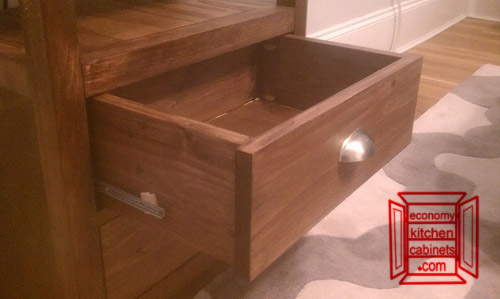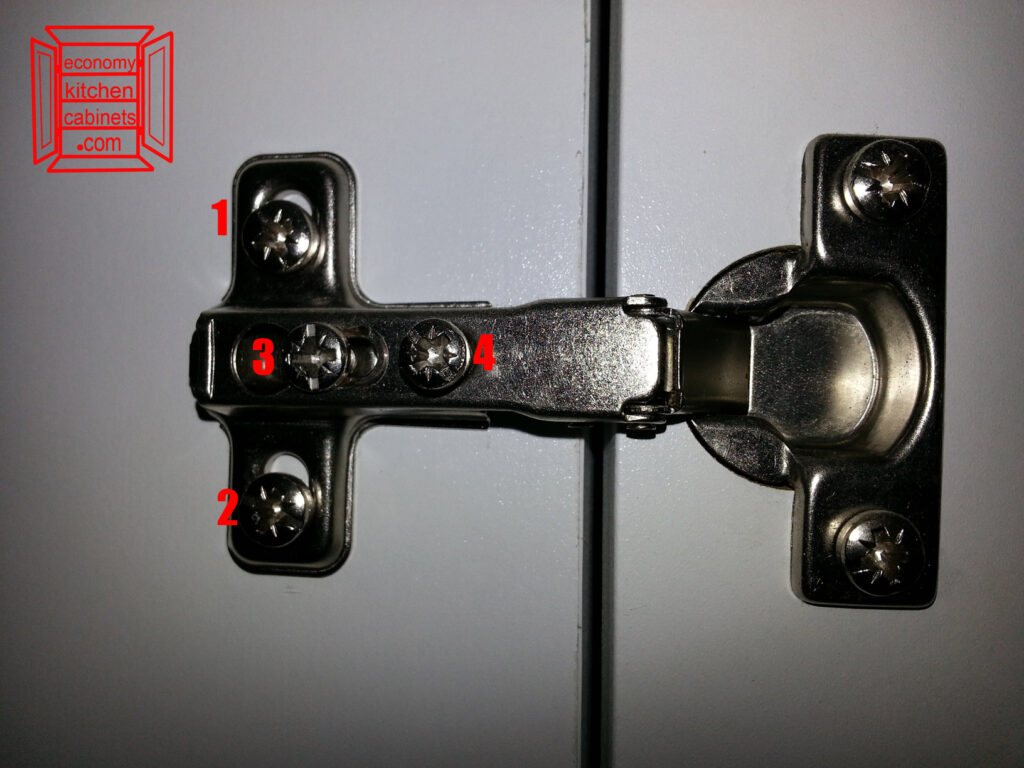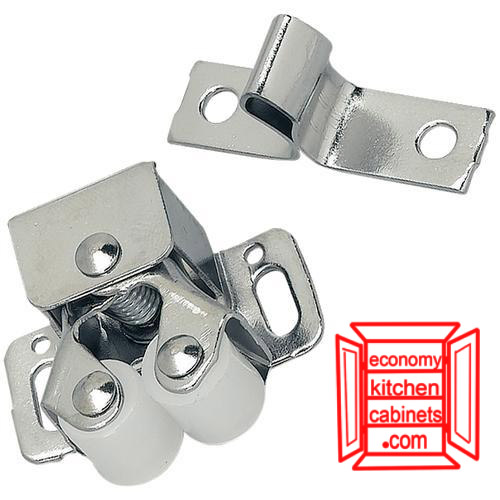One of the best tips I can give you for keeping your kitchen economical is to be diligent with your maintenance. If you keep up on the little things when they first start to with your cabinetry, you can stave off a renovation for years at a time, meanwhile saving for a bigger, better one. This comes by the fact that when the small things are taken care of early, the big things tend not to happen as often, and if the big things aren’t happening there is no need to replace your cabinetry… If you can live with the look, that is.

One of the most common small problems of any piece of furniture with drawers is that eventually, the drawer slides start to stick slightly and need to be lubricated. This is a very easy thing to keep up on, and is so simple anyone can do it.
What Types of Lubricant to Use
Wooden Drawer Slides
This section is for any type of drawers where there is wood on wood contact between the drawer and the cabinet. A lot of older furniture and some rustic kitchen cabinets are put together this way, and so is the T.V. stand I made in high school shop class, but you don’t care about that.
The best products to use for wood are:
- Candle Wax
- Paste Wax
- Spray Dry Lubricant
- In a pinch you can use a bar of soap (apparently Ivory works best)
Plastic or Metal Drawer Slides
For anything plastic, metal, or a combination of the two you should be able to use the same lubricants, as anything too harsh to use on plastic will also ruin the finish of whatever holds up the slides.
The best products to use for plastic or metal are:
- White Lithium Grease
- Dry Wax Lubricant
Make sure to check out our picks from Amazon so you can get the lubricant you’ll need for the next part.
How to Lubricate your Drawer Slides
Materials Needed
- A damp cloth
- Your lubricant of choice
- The first thing you need to do is to remove the drawer of which the slides need to be lubricated. Generally the drawer will slide out if you pull it straight out, but you might have to tilt it up at the end. Be aware of the extra weight of the drawer as it comes out as well so that you don’t drop it.
- Next, with a damp cloth wipe down anywhere that your lubricant will touch, make sure to do the runners both on the drawer and on the cabinet. Get them as clean as possible, as anything in the lubricant (including lint from the cloth itself) will lead to you having to redo this process sooner. Either dry the area off, or wait for it to dry before moving on.
- If you’re using a spray, make sure to hold the nozzle close to the runners on the cabinet and spray the entire runner with short bursts. If you are using a squeeze bottle, or anything not a spray, make sure to coat the areas where the drawer runners make contact with the cabinet runners. For drawers with wood rubbing together, just rub the wax or soap onto both parts of the drawer.
- Wipe away any excess lubricant before putting the drawer back in.
- Replace the drawer, making sure to open and close it five or six times to make sure that the lubricant is affecting the whole area.
Lubricating your drawers is a very simple bit of maintenance that can not only allow you to put off a renovation for a while, but can also help you to make some extra money when you do if you decide to sell your used kitchen cabinets. It is usually a good idea to lubricate all of the drawers before you go to sell them anyhow, as all that it takes to lower the price is for the potential buyer to try opening a drawer, only to have it stick.
Photo by Andrew Whitacre




